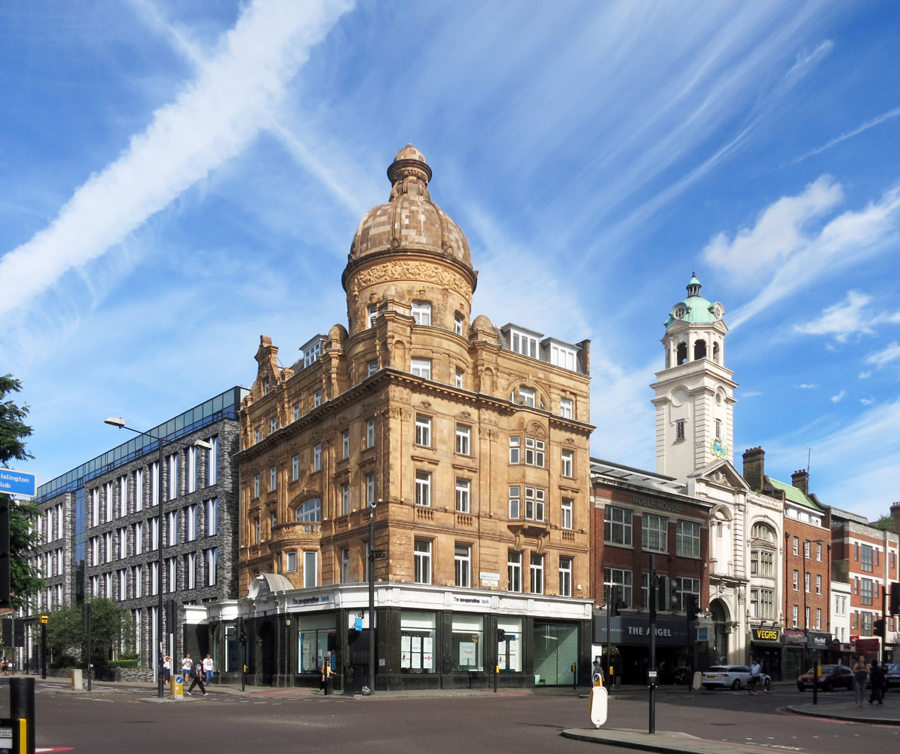Islington Angel Change of use: A Brief Glimpse into Transformative Shifts
Nestled in the heart of Islington, the Angel district has long been a canvas upon which the city paints its stories. Within the vibrant tapestry of this neighborhood, whispers of change echo through the cobbled streets, promising a metamorphosis that goes beyond the mere passage of time. The catalyst for this transformation? The intriguing phenomenon known as “Change of Use.”
Change of use, a term that might seem mundane to some, carries the potential to redefine the very fabric of a space. In the context of Islington’s Angel, it’s akin to the turning of a page in a captivating novel, revealing a new chapter in the narrative of a building or a locale.
Consider the charming architecture that lines the streets, each building with its own history and purpose. Now imagine one of these structures shedding its former identity, casting off the familiar and embracing the unknown. It’s a process that invites speculation, curiosity, and a touch of excitement.
The metamorphosis begins with a proposal—a vision to repurpose a space to better suit the evolving needs of the community. It might be an old warehouse, its brick walls holding the stories of bygone industries, now awaiting a rebirth as a hub for creativity. Or perhaps a corner shop, once a quiet outpost, yearning to transform into a bustling café where locals gather, forging connections over steaming cups of coffee.
Islington’s Angel is no stranger to such transformations, and each change of use application is a brushstroke on the canvas of urban renewal. It’s a delicate dance between preserving the neighborhood’s rich heritage and fostering innovation—a balance that requires careful consideration from both planners and the community.
The local planning department becomes the steward of this evolution, ensuring that each proposed change aligns with the broader vision for the area. Zoning regulations, community impact assessments, and public consultations all play a part in this intricate process.
As the wheels of change turn, there’s an undeniable energy in the air. The anticipation of what’s to come is palpable—a shared sentiment that unites the community in its collective curiosity. Will the corner store become a haven for local artisans? Will the abandoned factory breathe new life as a co-working space for aspiring entrepreneurs?
The Angel, with its iconic wings, seems to watch over these transformations, embodying the spirit of adaptability and resilience. It’s a symbol of the perpetual dance between tradition and progress, where the past informs the present, and the present paves the way for the future.
So, as you stroll through the enchanting streets of Islington’s Angel, take note of the scaffolding and the subtle signs of change. Behind the façade of construction, a narrative is unfolding—a tale of reinvention and renewal that adds another layer to the enduring charm of this dynamic London neighborhood.



Comments are closed